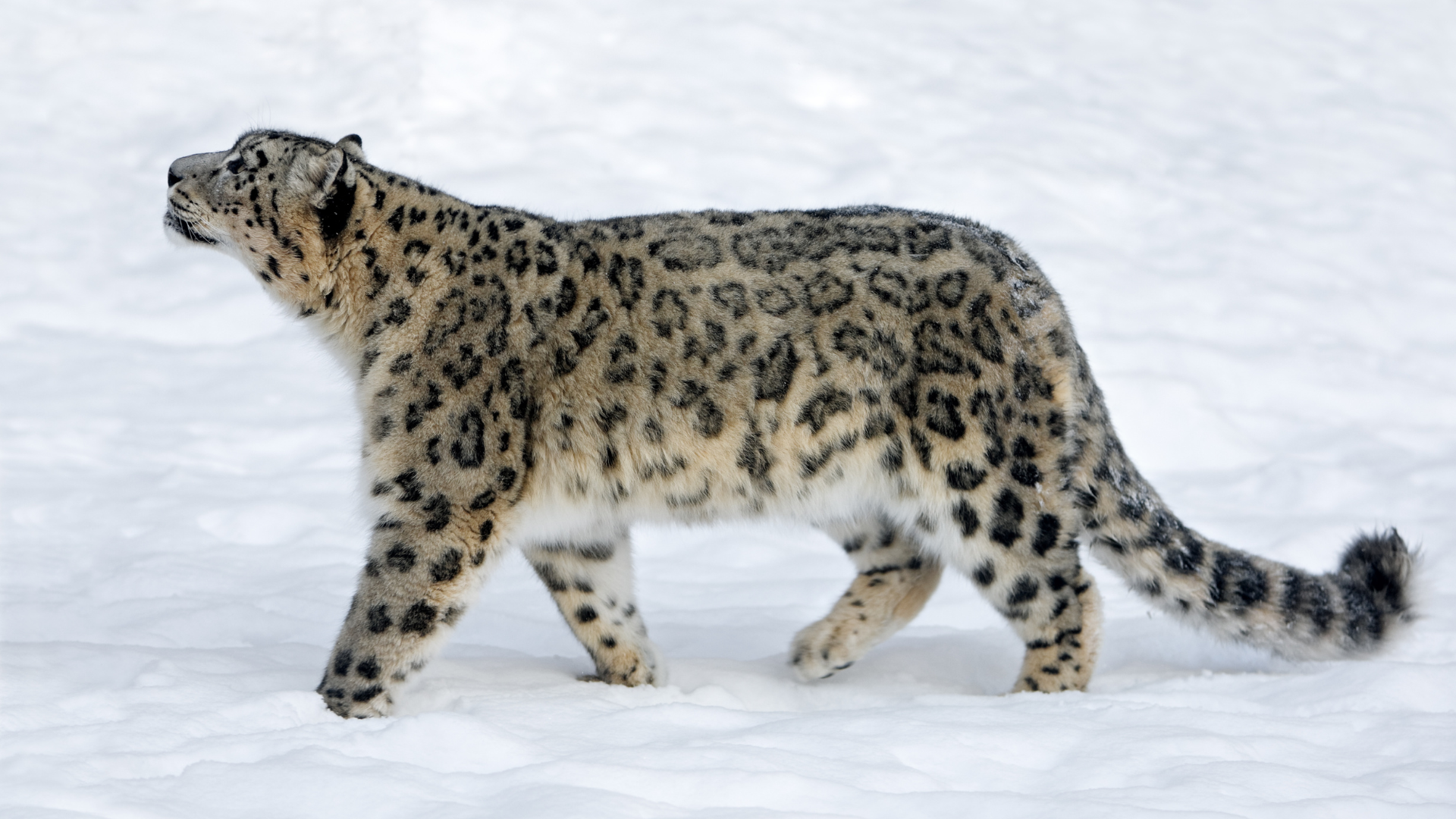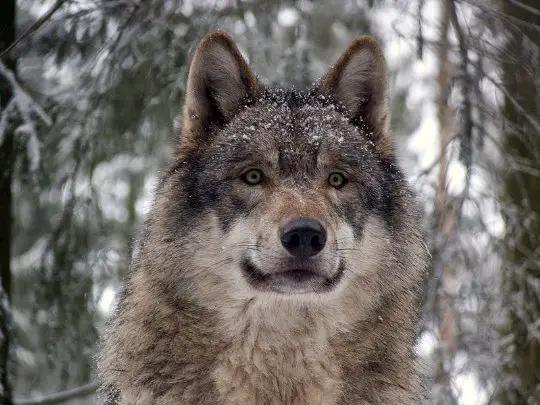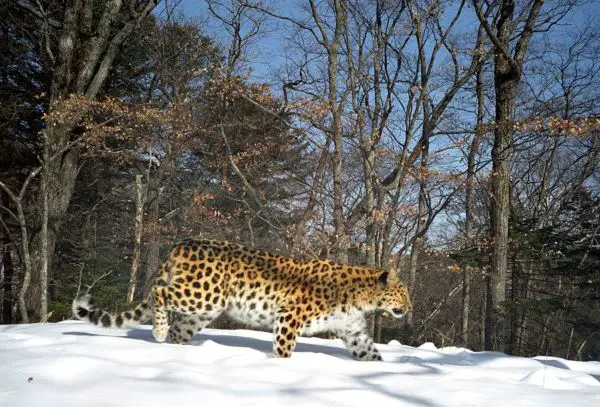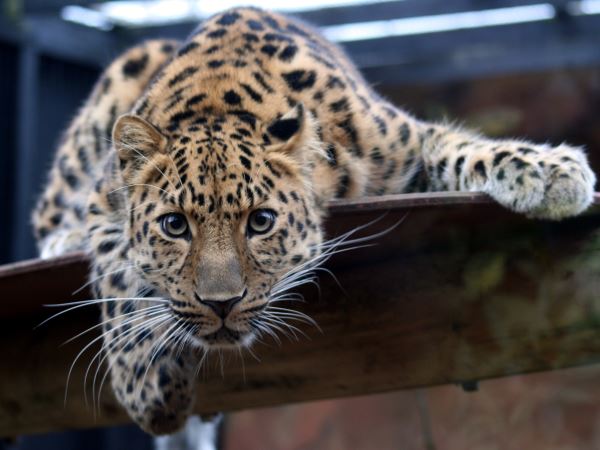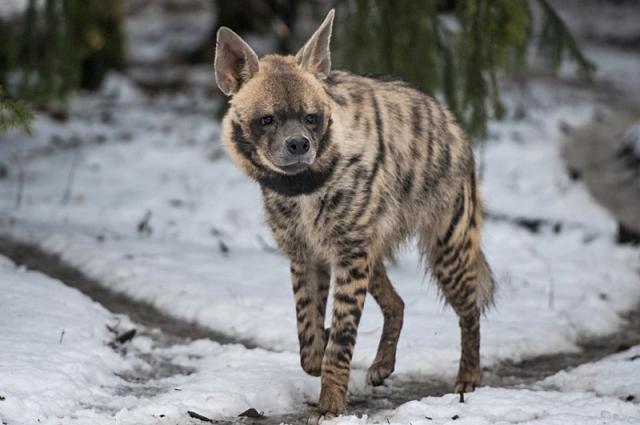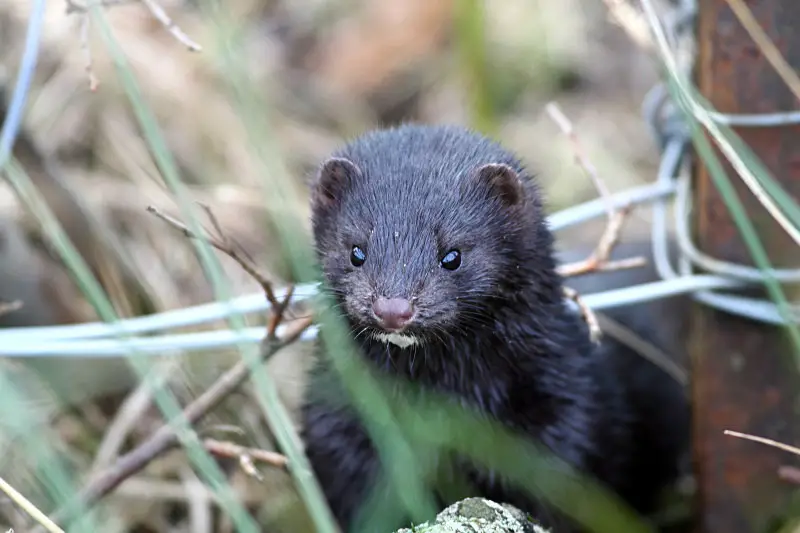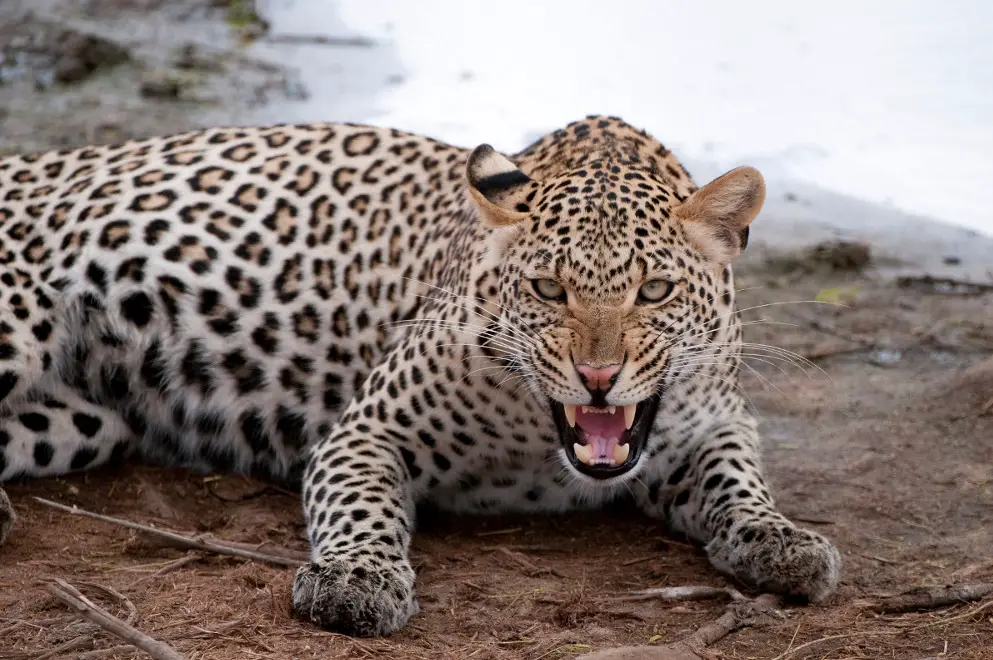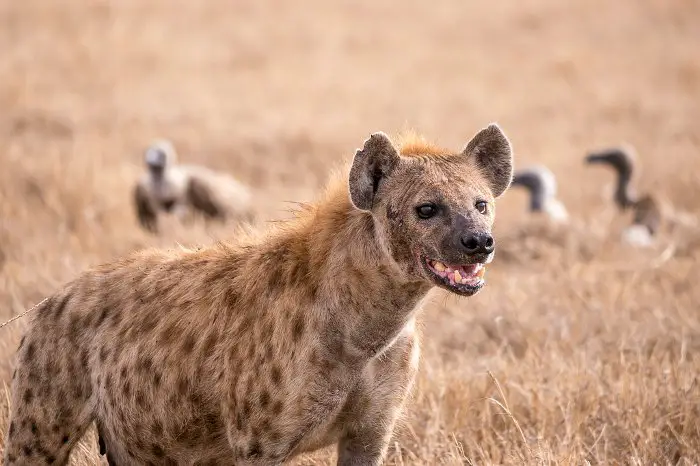Category: Carnivora (Meat Eating Mammals)
-
Snow Leopards in Ladakh: Guardians of the High Himalayas
The snow leopard (Panthera uncia) is one of the most elusive and majestic big cats in the world, inhabiting the rugged, high-altitude landscapes of Central and South Asia. In India, Ladakh serves as a crucial habitat for these magnificent creatures, making it one of the last strongholds for snow leopard conservation. These solitary, agile predators…
Written by
-
Dogs see the world with their noses
Did you know that a dog’s eyesight is pretty limited? Yes, humans have much better eyesight than dogs, because we can spot a higher number of colors, can make a difference between different brightness levels, and enjoy a better image clarity. But, dogs have an incredible nose that compensates for the bad eyesight. The nose…
Written by
-
Eurasian Wolf Facts | Most Powerful Wolf Species
The Eurasian wolf (Canis lupus lupus) is the powerful, most fiercesome wolf species ever walked on land. It is also called Kazakh wolf because its primary habitat occurs on the Steppes of Kazakhstan. The Kazakh wolf possesses remarkable strength for it can bring down prey nearly the size of its own. Wolves prey on grass-eating…
Written by
-
How a Tiger in the Jungle Can Influence Humans Living in Cities?
India is a beautiful home to diverse wildlife. Its rich heritage of forests, grasslands, ecosystems thrive together in harmony. If any of these systems are compromised, there will a conflict that will cause discord. One such species is our very Tiger from the cat family. According to a recent study, the number of tigers in…
Written by
-
Siberian Tiger Habitat | A Tiger in its Natural Habitat
The Siberian tiger (Panthera tigris altaica) is the largest of all cats. It lives in the Russian Far East. Unlike Bengal tigers, the Siberian tiger is adapted to living in extreme cold climates of Siberia. The historical range of a tiger was extended to Lake Baikal, Mongolia, north eastern China, and Korean Peninsula. However with…
Written by
-
Amur Leopard Habitat – Where do Amur Leopards Live
Among the big cats, Leopards are the only ones that are found in a wide variety of habitat that ranges from snow capped mountains to the hot deserts. And among the Leopards, the Amur Leopard is found in a cool climate and has naturally adapted to survive in the extreme winter. As its name suggest,…
Written by
-
Javan Tiger Facts | Extinct Tiger Species
The Javan tiger (Panthera tigris sondaica) is an extinct tiger subspecies. The tiger died out in 1970s. Like Bali and Sumatran tiger, Javan tigers also lived on the islands of Indonesia. The last of the wild Javan tigers was seen in 1976 in the Meru Betiri National Park. In the National Museum of Natural History,…
Written by
-
South China Tiger Facts | Smallest Tiger of Asia
The South China tiger (Panthera tigris amoyensis) is the Asia’s smallest tiger. It is also one of the rarest tigers in the wild. The International Union for the Conservation of Nature has listed it as critically endangered species. The tiger was thought to be extinct in the wild before 1996. Scientists believe that there might…
Written by
-
Leopard Facts for Kids – Classification, Appearance, Behavior, Habitat, Diet
Leopard is a medium sized cat with different colors ranging from pale yellow to creamy and chestnut. Leopard is among those members of the Cat Family(Felidae) that are capable to climb trees easily. Being carnivorous (meat-eating) land mammals, leopards are naturally built to hunt other animals and they have the habit of dragging their hunt up…
Written by
-
Where Do Tigers Live | Tigers Habitat and Range
Gone are the days when tigers ruled the forests of Asia during the late Holocene and Pleistocene epoch. They had lived in large numbers on the Indonesian islands of Sumatra Bali and Java. However in the 20th century big cats disappeared from all the major habitats in western Asia. Prominent among the causes were human…
Written by
-
Striped Hyena Facts | Anatomy, Diet, Habitat, Behavior
The striped hyena (Hyaena hyaena) is an African native mammal that occurs in the North and East Africa. The global population of striped hyena is about 10,000 individuals. The striped hyena is the smallest of the true hyena species. It is monogamous species as the breeding animals pair for life. It is one of the…
Written by
-
Long Tailed Weasel Facts | Anatomy, Diet, Habitat, Behavior
The long-tailed weasel (Mustela frenata) typically inhabits throughout the United States, southern Canada, and Mexico. It has evolved some 5 – 7 million years ago. The long-tailed weasel is one of the largest weasels that belongs the genus Mustela. Long Tailed Weasel Facts Anatomy Adult weasels grow about 300–350 mm (12–14 in) in the overall…
Written by
-
American Mink Facts | Anatomy, Diet, Habitat, Behavior
The American mink (Neovison vison) is a North American mustelid that occurs in different parts of South America and Europe. Humans have long hunted minks precisely due to its attractive fur. The American mink mainly eats crustaceans, rodents, fish, birds, and frogs in the wild. It is likely to be distinguished from weasels and stoats…
Written by
-
African Leopard Facts | Anatomy, Diet, Habitat, Behavior
The African leopard (Panthera pardus pardus) is the largest spotted cat in Africa. It typically lives in the rainforests of sub-Saharan Africa. Depending on location and habitat, African leopards have varied coloration of coat. The leopards living in the Cape provinces are likely to be physical different from the northern population. African Leopard Facts Anatomy…
Written by
-
Spotted Hyena Facts | Anatomy, Diet, Habitat, Behavior
The spotted hyena (Crocuta crocuta) is thought to have originated somewhere in Asia and Europe a million years ago. It is the largest of the hyena species and the animal is mainly recognized by its large bear-like build. The spotted hyena is not only most social but is also the most vocal of the Carnivora.…
Written by

